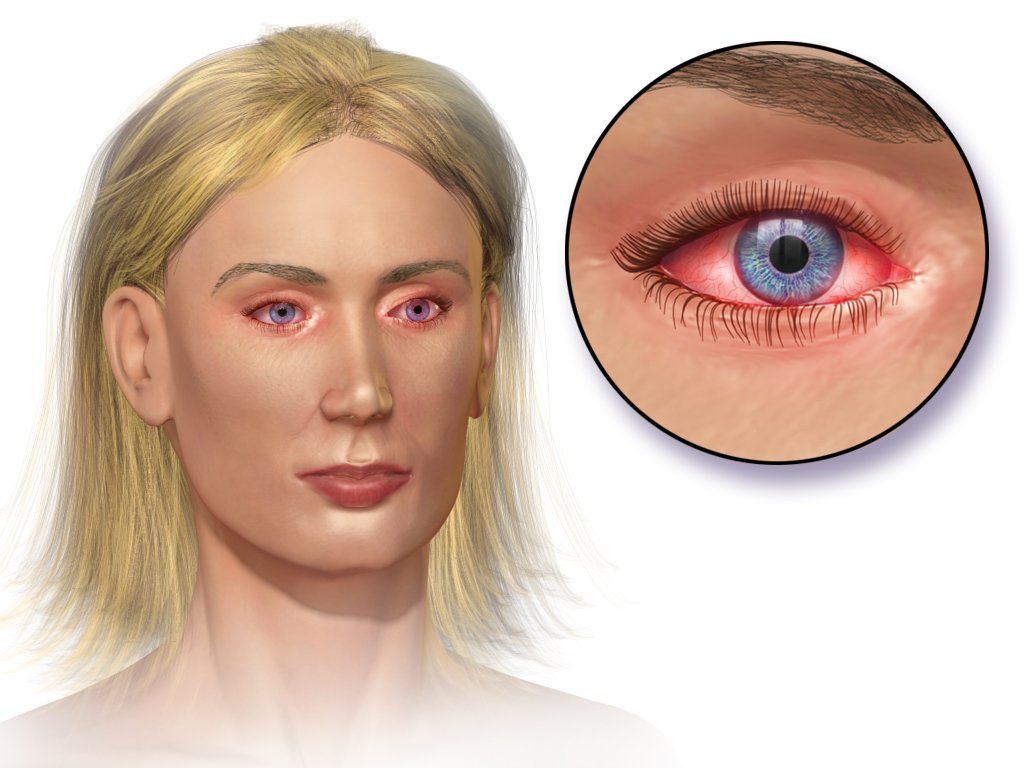Autism Diagnoses Rise Among US Children

**Atlanta, GA** – A new Centers for Disease Control and Prevention (CDC) study reveals a continued increase in autism diagnoses among US children, reaching 1 in 31 children by age 8 in 2022, up from 1 in 36 in 2020. While this rise has fueled debate, experts largely attribute the increase to improved diagnostic practices and increased access to services.
The CDC report, based on data from 16 sites in the Autism and Developmental Disabilities Monitoring Network (ADDM), highlights significant variations in diagnosis rates across geographic areas, genders, and racial groups. In 2022, rates ranged from 1 in 19 children in California to 1 in 103 in Laredo, Texas. Boys were diagnosed 3.4 times more often than girls, although this ratio is narrowing. Diagnoses were also more prevalent among Asian, Black, and Hispanic children than White children, a trend reversing previous patterns. CDC researchers attribute this shift to increased access to diagnostic services in previously underserved communities.
However, disparities persist. More than half of Black children diagnosed with autism at age 8 also had an intellectual disability, compared to less than a third of White children. The CDC acknowledges limitations in their data, including variations in data quality and the challenges of accurately identifying intellectual disability.
This rise in diagnoses has sparked controversy. HHS Secretary Robert F. Kennedy Jr. has labeled the increase an "epidemic," equating it to a "public health crisis" and announcing a research effort to identify the cause by September. This assertion has been met with criticism from autism advocacy groups and experts who stress the existing strong evidence against a link between vaccines and autism. They emphasize that increased diagnoses reflect positive advancements in early identification and improved access to care.
Dr. Andy Shih of Autism Speaks, while not involved in the study, stated the rise reflects progress in awareness, diagnostic criteria, and screening tools. The Autism Society of America similarly emphasized that prevalence data should focus on ensuring equity and access rather than fueling misinformation. Dr. Kristin Sohl of the American Academy of Pediatrics called the findings "encouraging," highlighting the benefits of early identification for children and families. The CDC concludes that increased identification of autism, especially among young children and historically under-served groups, underscores the growing need for equitable diagnostic, treatment, and support services. Further research is necessary to fully understand the underlying causes of autism and support the growing number of individuals diagnosed with the condition.









